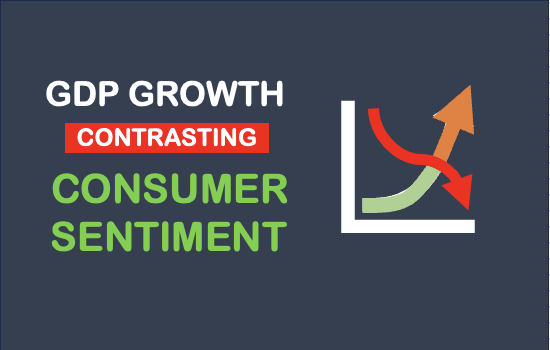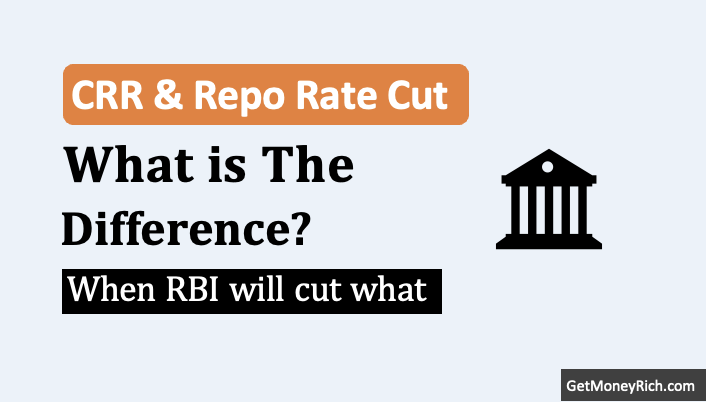Consumer sentiment is a measure of how people feel about the economy, and it can have a significant impact on economic decision-making. When people are feeling confident about the economy, they are more likely to spend money, invest, and start businesses. This can lead to increased economic growth. Conversely, when people are feeling pessimistic about the economy, they are more likely to save money, cut back on spending, and delay investment. This can lead to slower economic growth.
The Reserve Bank of India’s (RBI) consumer survey is a monthly survey of households in India. The survey asks respondents about their employment, income, purchasing power, and spending. The RBI uses the survey results to track consumer sentiment and to make decisions about monetary policy.
The recent RBI consumer survey found that consumer sentiment has declined in recent months. The survey found that employment growth has slowed, income growth has stagnated, and purchasing power has declined. As a result, households are spending less money.

Reason For A Decline In Consumer Sentiment
There are several factors that have contributed to the decline in consumer sentiment. These factors include:
- The COVID-19 pandemic: The COVID-19 pandemic has had a significant impact on the Indian economy. The pandemic has led to job losses, income losses, and a decline in purchasing power.
- The war in Ukraine: The war in Ukraine has also hurt the Indian economy. The war has led to higher oil prices, which has led to inflation. Inflation has eroded purchasing power and has made it more difficult for households to make ends meet.
- Economic policies: The policymaker’s approach of “all is well” is only partly working. There are sections of people who are now ready to pay more taxes and bear the brunt of a weak rupee. But there are sections of people who are still distressed and waiting for a change.
GDP Growth Vs Consumer Sentiment
The decline in consumer sentiment is a cause for concern. Consumer spending accounts for a large share of India’s GDP. If consumer spending continues to decline, it will have a negative impact on economic growth.
Despite India’s GDP recovering from the pandemic and most economic parameters being much higher than pre-pandemic levels, consumer sentiment remains gloomy. There are a number of possible explanations for this.
Possible Explanations
- Extra Caution: The pandemic has had a lasting impact on consumers, leading them to be more cautious with their spending. This could be due to a number of factors, such as job losses, income losses, and increased debt.
- Uneven Recovery: The recovery has not been evenly distributed. While some sectors of the economy have rebounded strongly, others have struggled. For example, many small business owners who had to close during the pandemic are still not able to recoup. Example like these has led to a widening gap between the rich and the poor, which could be contributing to the gloom.
- Waiting: It is also possible that consumers are simply waiting for the right opportunity to spend. After all, they have been saving for a long time during the pandemic. Once they feel more confident about the future, they may start spending more freely.
Whatever the reason for the gloom, it is clear that consumer sentiment is a key factor in India’s economic recovery. If consumers do not start spending more, it will be difficult for the economy to reach its full potential.
Steps Necessary To Revise Consumer Sentiment
The government and the industry need to take steps to improve consumer sentiment. What can be done?
- Creating jobs: There needs to be more jobs to boost employment growth. This will help to increase household income and purchasing power.
- Controlling inflation: Inflation must be controlled. It is especially true for the inflation of food items, utilities, transport, and real estate. Lowering inflation will protect the household’s purchasing power. This will help to make it easier for households to make ends meet.
- Reducing taxes: If possible, the government shall reduce taxes to increase disposable income. This will help households to have more money to spend.
- Approving more infrastructure projects: More infrastructure projects shall be approved to boost economic growth. This will create jobs and lead to higher incomes.
If the idea is to improve consumer sentiment in the country, the focus shall not only be on the upper and middle-class population. The poor and weak also need support so that they can also start contributing positively to the consumer sentiment index. Unfortunately, the percentage of poor and weeks in India is rather large. They cannot be ignored.
Conclusion
The decline in consumer sentiment in India poses a significant concern for the country’s economic recovery. A recent RBI consumer survey revealed a downward trend in consumer sentiment, characterized by slowed employment growth, stagnant income, and reduced purchasing power.
Several factors have contributed to this gloomy sentiment. The lingering effects of the COVID-19 pandemic and the war in Ukraine impacting oil prices and inflation are two main reasons. Increased taxes and the weak Indian Rupee is also contributing factor.
Despite the overall recovery of India’s GDP from the pandemic, consumer sentiment remains subdued. Possible explanations include the lasting impact of the pandemic on consumers, uneven distribution of the recovery across sectors, and consumers’ cautiousness after a prolonged period of saving during the crisis.
However, it is evident that boosting consumer sentiment is crucial for India’s economic potential to be realized fully. By addressing these concerns and implementing appropriate policies, the government can uplift consumer sentiment. It will encourage increased consumer spending, and stimulate economic growth in India.
It is imperative for stakeholders to recognize the significance of consumer sentiment. Policymakers, industry, and people together must work collectively toward fostering a positive environment. It will eventually drive India’s economic recovery and propel it toward its full potential.






Comparison is very good, yes definitely GDP is growing and sentiment is down.